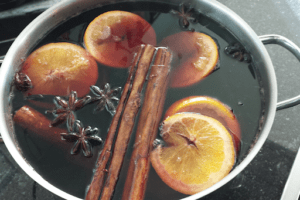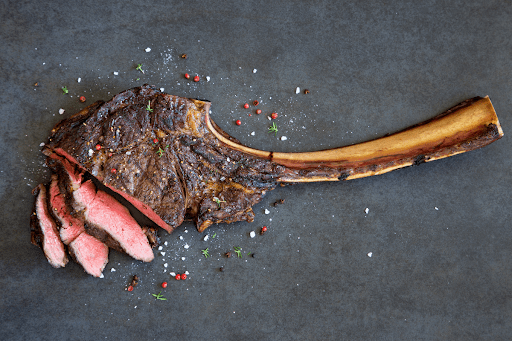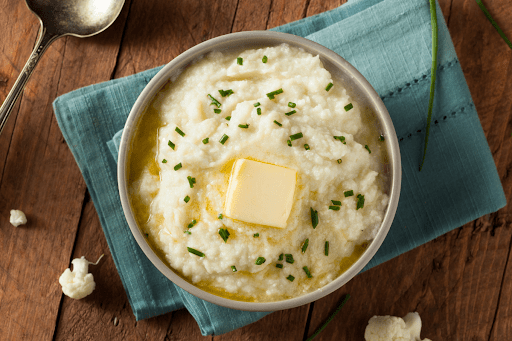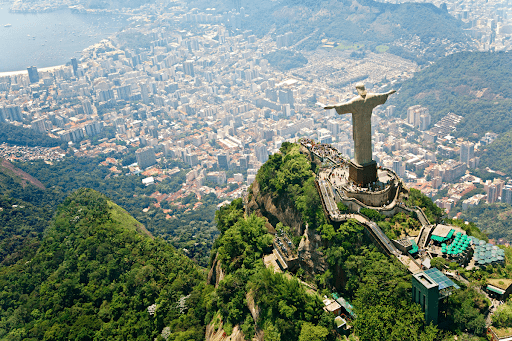A Traditional Christmas meal in Brazil
Around the world, the Christmas holidays are a time to celebrate family, friends, and good food. Brazil is no exception.

At Christmas, Brazilians enjoy a vast array of traditional foods that reflect their unique blend of cultures and religion. In the US, Christmas Dinner is often served at midday on December 25th. In Brazil, the main meal is eaten late at night on Christmas Eve, and the festivities can last until the early morning.
The table is laid out in much the same fashion as in America and Europe, with red and green as prominent colors, a Christmas tree or nativity scene in the background, and centerpieces decorated with holly berries.
What Do Brazilians Eat for Christmas Dinner?
Main Entree
The central dish of Brazilian Christmas Dinner is typically a “chester,” a special variety of chicken that has been bred to have a high percentage of breast and thigh meat. Unlike the turkeys roasted in the US, chesters are sold in boneless, oval-shaped packages. They are roasted and carved like boneless honey ham.
There is some mystery surrounding the origin of the chester, with theories ranging from it being a hybrid mutant chicken to it migrating every year to Brazil from the North Pole. Regardless of its origins, it is a staple of Brazilian Christmas, where it is declared universally delicious.
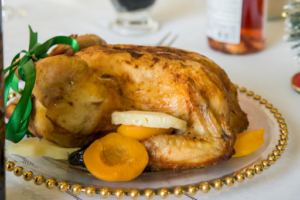
A boneless chester chicken ready to be carved over a bed of fresh fruit.
In other regions, especially the coast, bacalhau is the star dish. This salted cod is soaked overnight then rolled into balls (“bolinhos”) for frying. The result is a flavorful, crunchy, and comforting fish croquette.
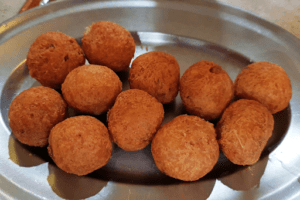
Bolinhos de bacalhau, fried croquettes eaten for Brazilian Christmas.
Side Dishes
In the US, the foods we select have a great deal to do with the weather outside. Our Christmas is typically chilly, with hot and comforting foods eaten to mitigate the cold. In Brazil, however, the winter months are hot. December 25 is the middle of Summer for countries in the Southern Hemisphere, and the foods present at holiday meals reflect this.
The chester or bacalhau are often accompanied with fresh salads, dried fruit, and cold potato salads mixed with apples and raisins. Bowls of rice seasoned with garlic are a staple, as are ham and cheese plates, seasoned kale, and farofa-a mix of fried cassava flour and crispy bacon bits.
Dessert
Americans typically eat pie for dessert at Christmas-pumpkin pie, pecan pie, and apple pie are the most common. In Brazil, the two most common desserts are panettone and rabanadas. Panettone is a nod to Brazil’s Italian heritage. It is sweet bread in a large muffin-shape with dried fruits or chocolate. These can be purchased pre-made in Brazilian supermarkets starting in November.
Rabanadas is the Brazilian version of pain perdu, or French Toast. Stale pieces of bread are soaked in milk and egg, seasoned with warming spices, and fried.
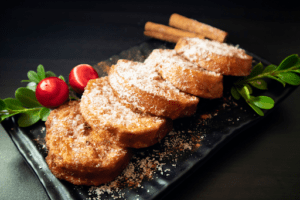
Rabanadas, Brazilian French toast eaten for dessert on Christmas Eve.
German strudel may also be found, along with marzipan, bowls of refreshing, seasonal fruit. Mangoes, guava, pineapple, and cherries are favorites.
Beverages
Again, Christmastime is summertime for Brazilians. They tend to substitute our preferred drinks of mulled wine, spiked hot chocolate, and eggnog for more refreshing beverages. Cold beer and whiskey on ice are often served as the spirits of choice. Interestingly, caipirinhas are not often featured at Christmas dinner. They are reserved for more casual days at the beach.
Experience Brazilian Culture and Cuisine
While Christmas is undoubtably more a celebration done at home, at Texas de Brazil, we cherish the opportunity to share more and more about the traditions of Brazil. Outside of Brazil, you can experience the unique flavors and hospitality of Brazil at one of Texas de Brazil’s 50+ locations. Go online to find the restaurant nearest you, or give the gift of churrasco with one of our hand-curated grill package options.


